Regulatory Compliance
Regulatory frameworks surrounding waste management and environmental protection are becoming increasingly stringent, which may serve as a crucial driver for the Debris Loaders Market. Governments are implementing regulations that mandate proper waste disposal and recycling practices, compelling construction companies and municipalities to adopt efficient debris management solutions. For instance, the implementation of the Waste Framework Directive in various regions emphasizes the importance of reducing landfill waste, thereby increasing the demand for effective debris loaders. This regulatory landscape not only encourages the adoption of advanced technologies but also fosters innovation within the industry. As compliance becomes a necessity, the Debris Loaders Market is likely to witness a surge in demand for equipment that meets these evolving standards.
Increased Urbanization
The ongoing trend of urbanization appears to be a pivotal driver for the Debris Loaders Market. As cities expand, the volume of construction and demolition activities rises, leading to an increased need for efficient debris management solutions. According to recent data, urban areas are projected to house nearly 68% of the world's population by 2050, which could significantly elevate the demand for debris loaders. This urban growth necessitates the removal of construction waste, fallen trees, and other debris, thereby creating a robust market for debris loaders. Furthermore, municipalities are increasingly investing in infrastructure development, which further propels the need for advanced debris management equipment. Consequently, the Debris Loaders Market is likely to experience substantial growth as urban centers continue to evolve.
Environmental Awareness
Growing environmental consciousness among consumers and businesses is likely to act as a significant driver for the Debris Loaders Market. As sustainability becomes a priority, there is an increasing emphasis on eco-friendly waste management practices. Companies are now more inclined to invest in debris loaders that not only enhance efficiency but also minimize environmental impact. The rise in recycling initiatives and the push for sustainable construction practices are contributing to this trend. Market analysis suggests that the demand for environmentally friendly debris loaders could increase by approximately 15% over the next few years. This shift towards sustainability is expected to reshape the Debris Loaders Market, encouraging manufacturers to innovate and develop greener solutions.
Technological Innovations
Technological advancements in debris loader design and functionality are poised to significantly influence the Debris Loaders Market. Innovations such as automated debris loaders, enhanced fuel efficiency, and improved maneuverability are attracting attention from various sectors, including construction and landscaping. The integration of smart technologies, such as GPS tracking and telematics, allows for better operational efficiency and resource management. Market data indicates that the adoption of these technologies could lead to a reduction in operational costs by up to 20%, making them appealing to businesses. As companies seek to optimize their operations, the demand for technologically advanced debris loaders is expected to rise, thereby propelling growth within the Debris Loaders Market.
Infrastructure Development
The ongoing investments in infrastructure development are anticipated to be a key driver for the Debris Loaders Market. Governments and private sectors are allocating substantial budgets for the construction of roads, bridges, and public facilities, which inherently generates a significant amount of debris. This surge in construction activities necessitates the use of efficient debris loaders to manage waste effectively. Recent reports indicate that infrastructure spending is expected to grow by 5% annually, further amplifying the demand for debris management solutions. As projects expand, the need for reliable and efficient debris loaders becomes increasingly critical, positioning the Debris Loaders Market for robust growth in the coming years.


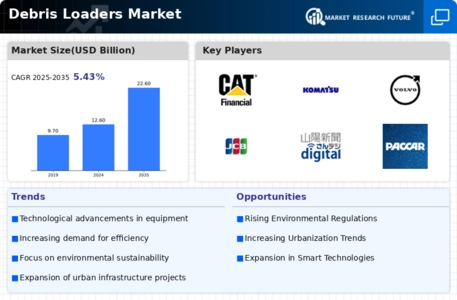
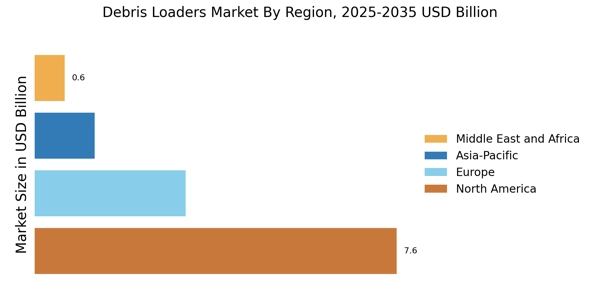
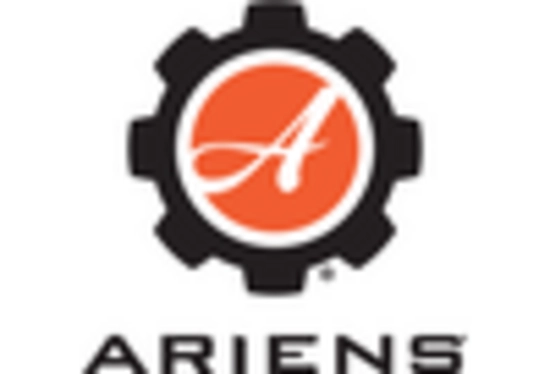
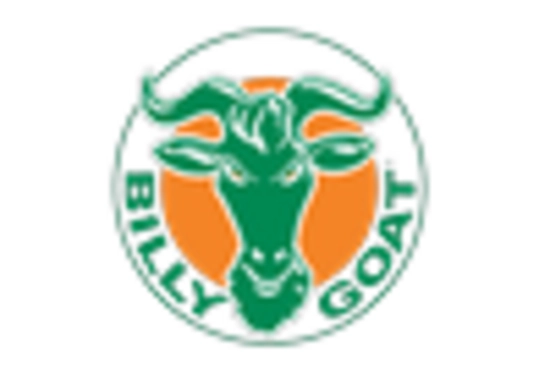
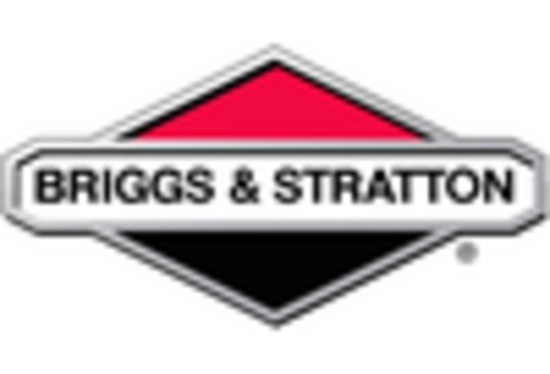
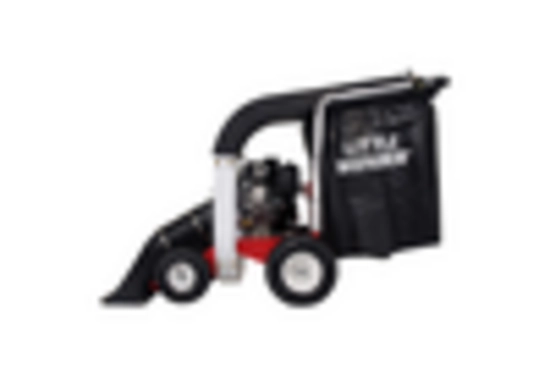
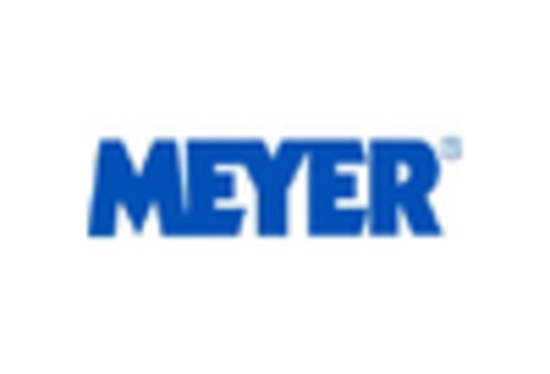
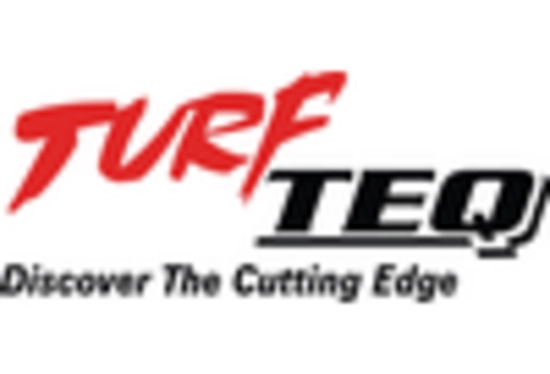








Leave a Comment